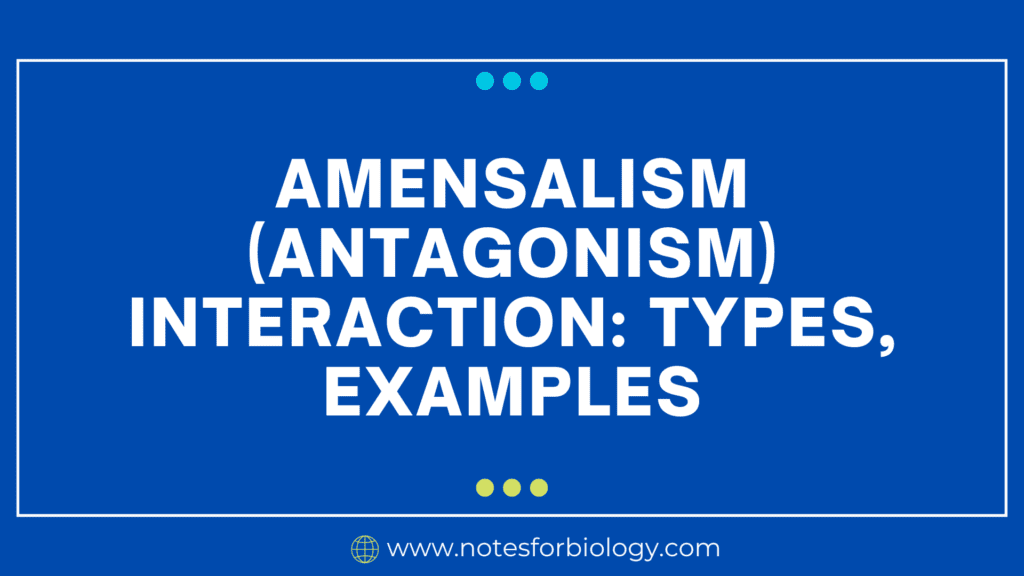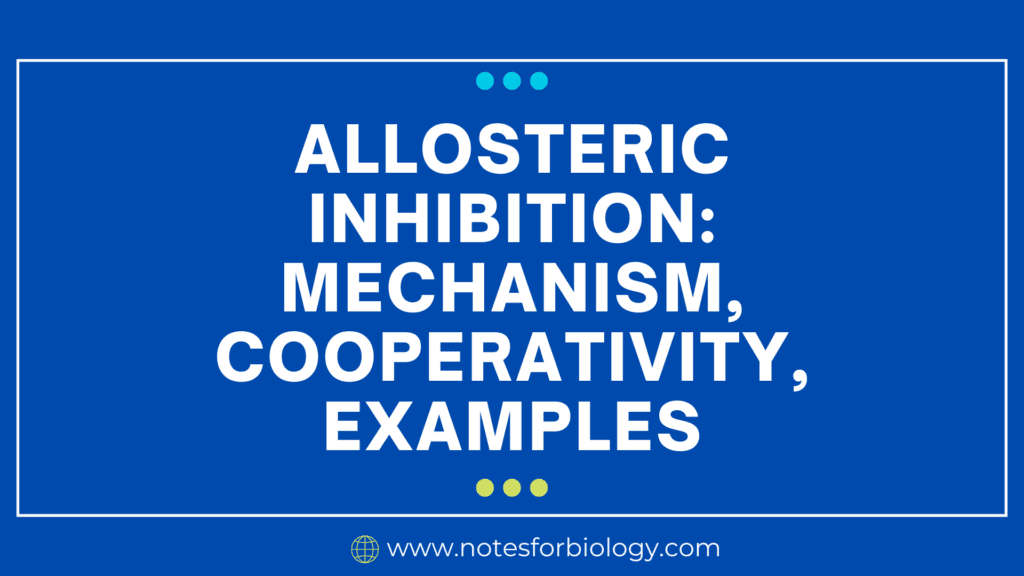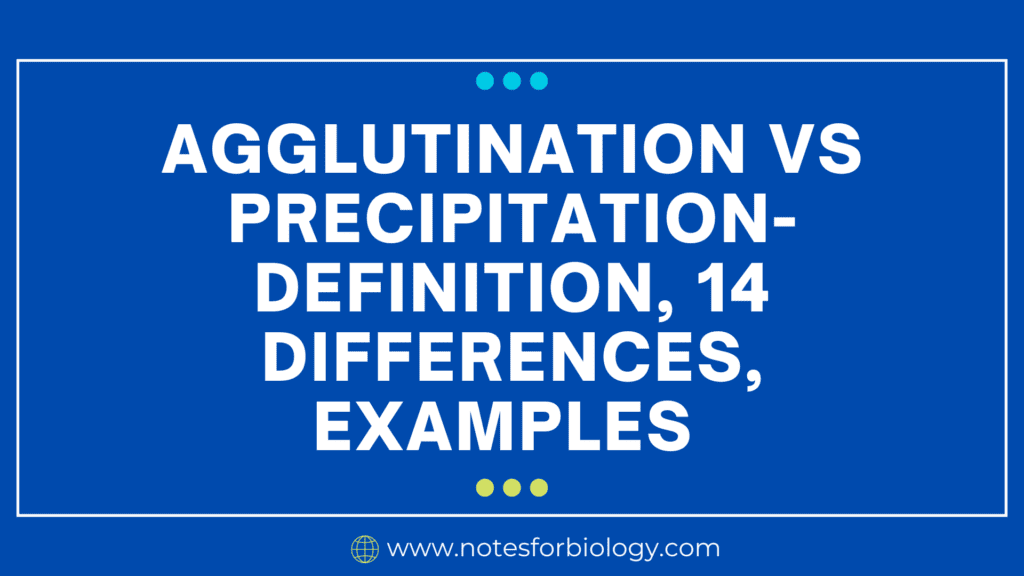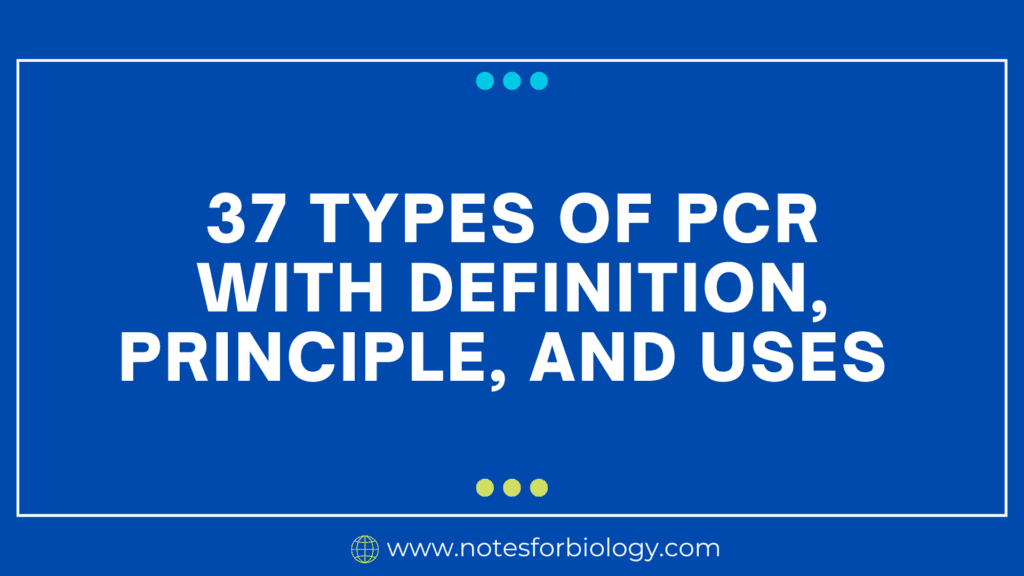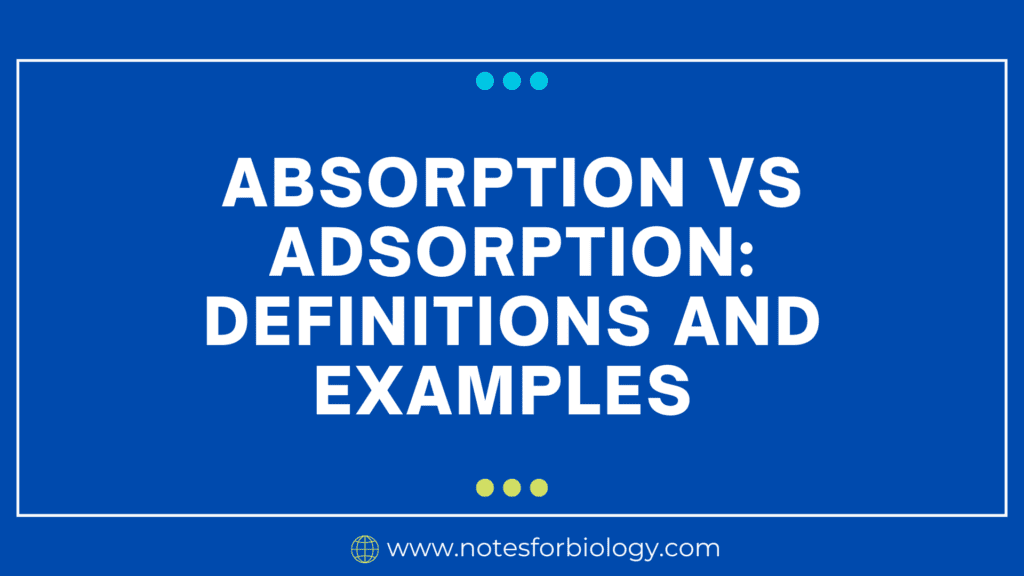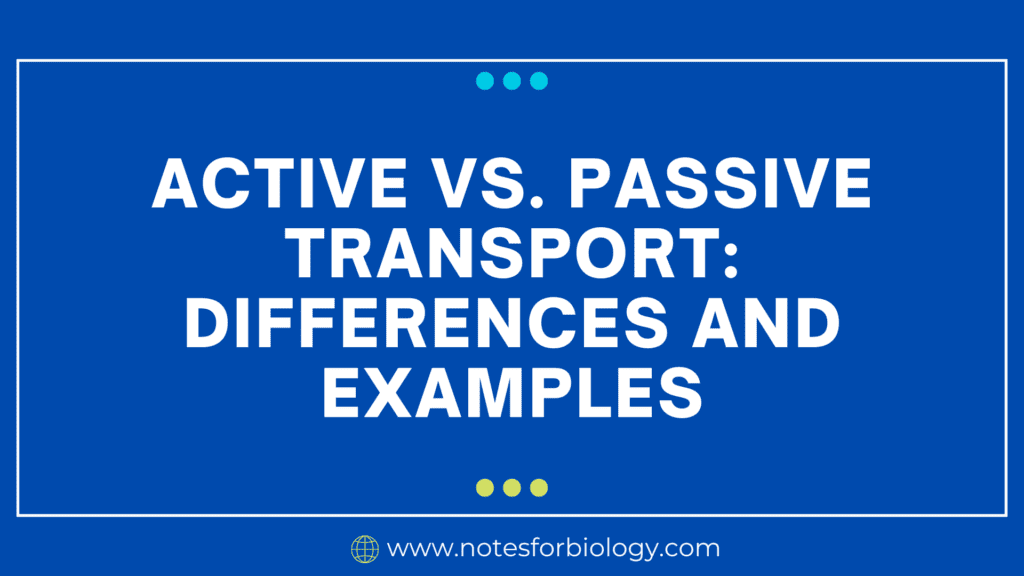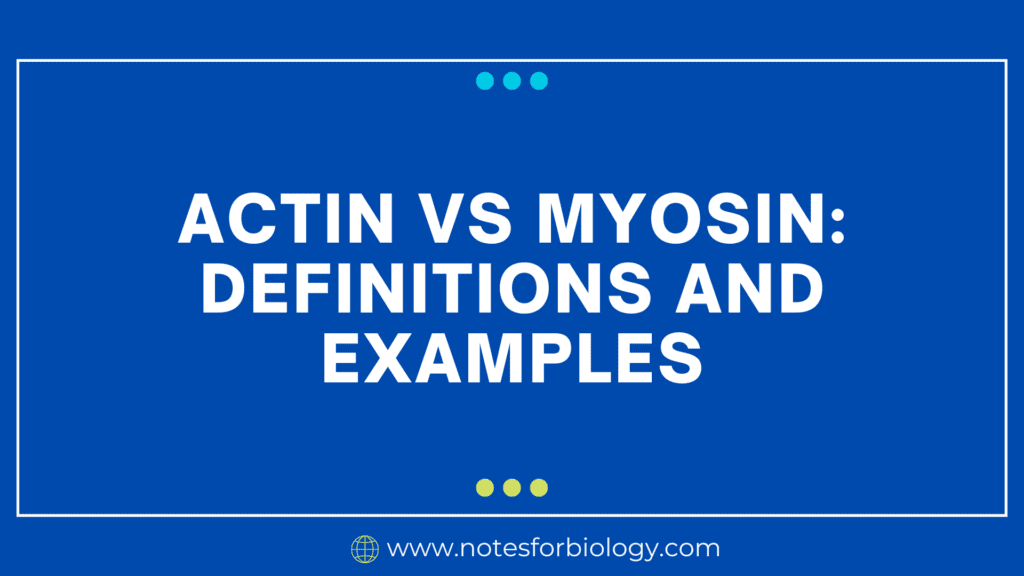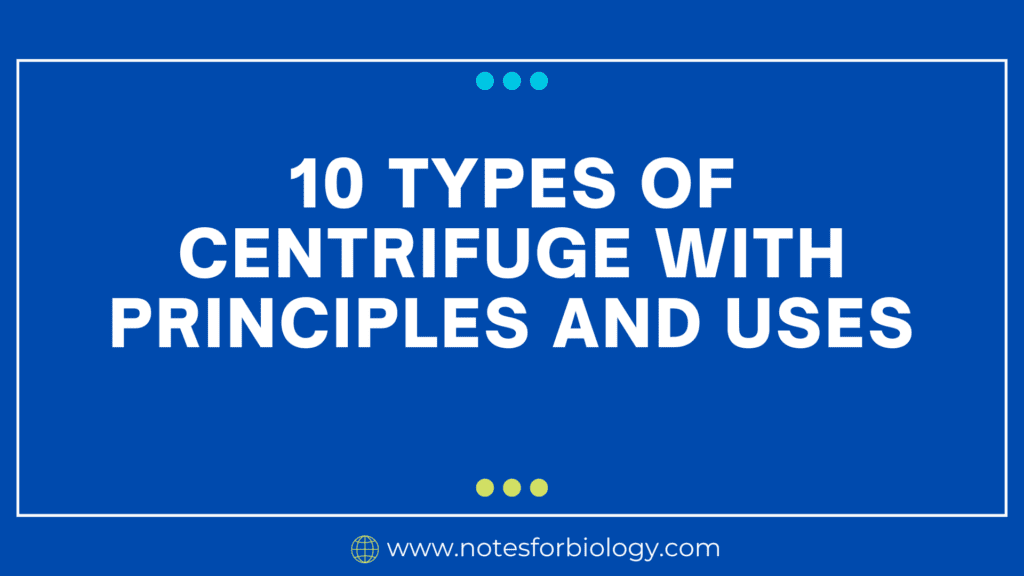Amensalism (Antagonism) Interaction: Types, Examples
Amensalism Interaction, is a biological interaction in which one organism is prevented from existing or is destroyed while the other is left undisturbed. This interaction is commonly observed in both artificial and natural contexts, and it can happen through a variety of processes. Amensalism influences species interactions and preserves ecological balance, which in turn shapes […]
Amensalism (Antagonism) Interaction: Types, Examples Read More »

